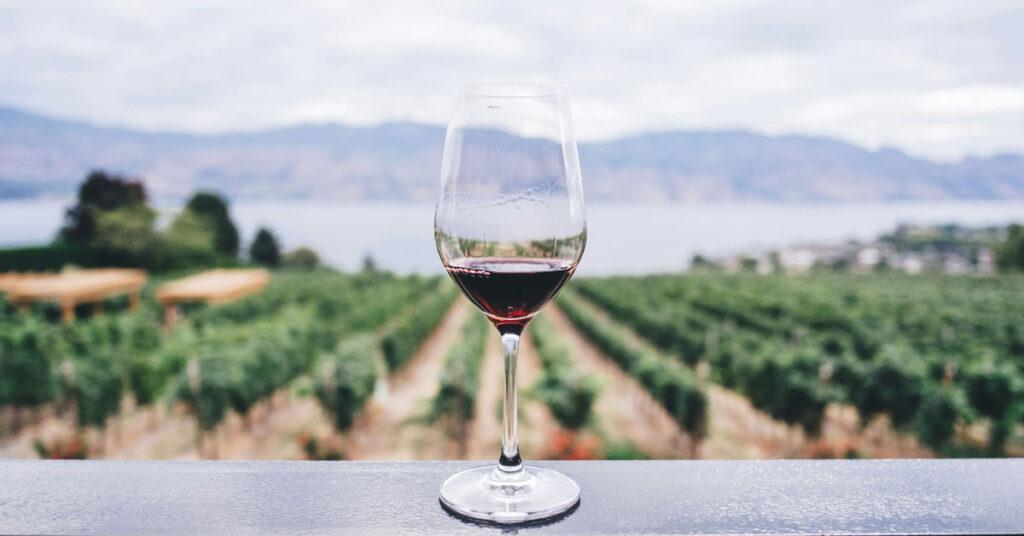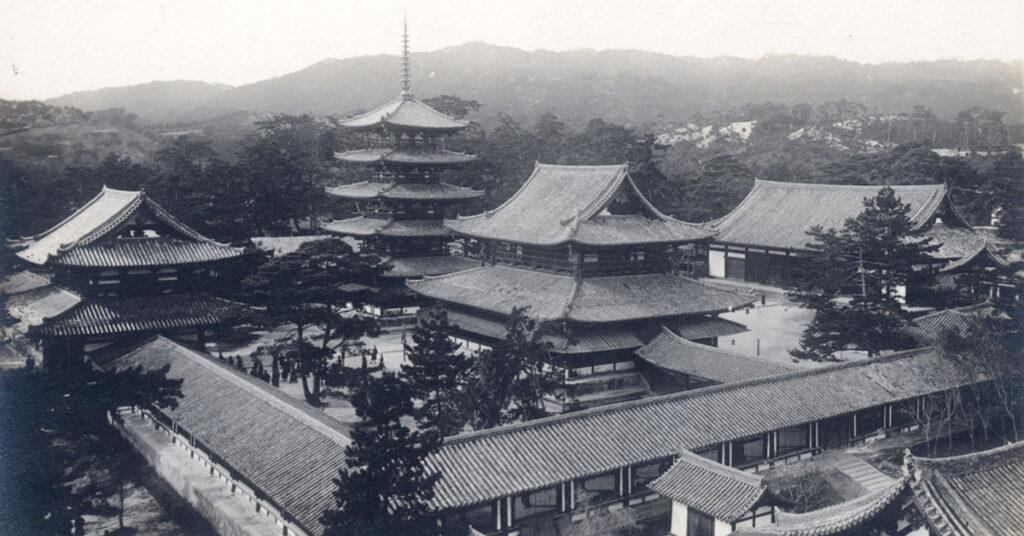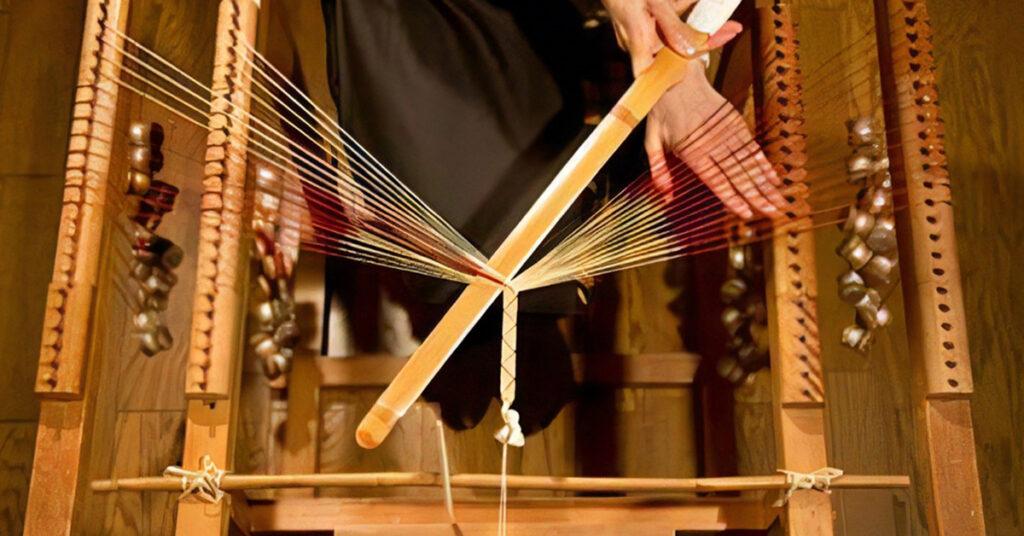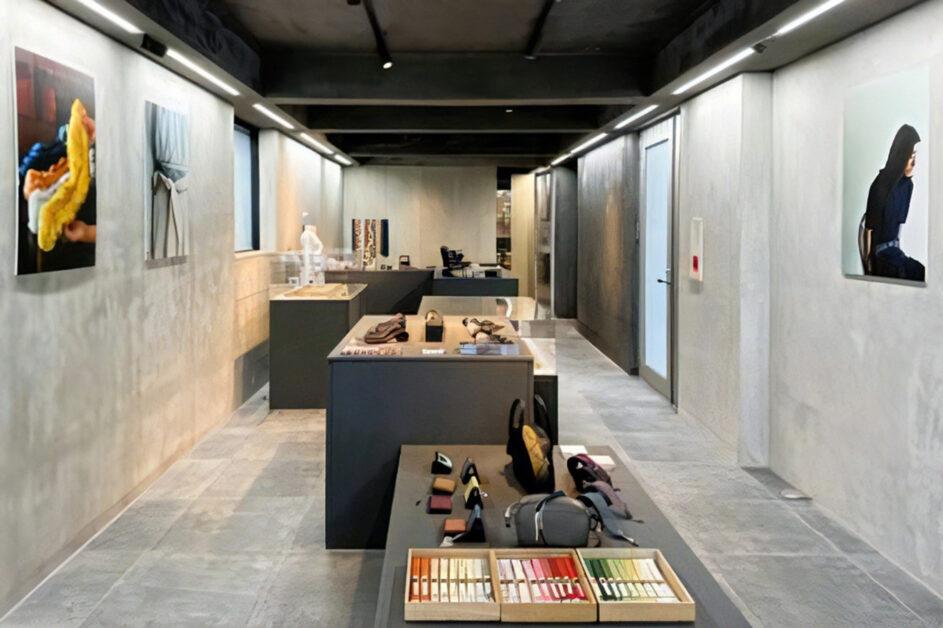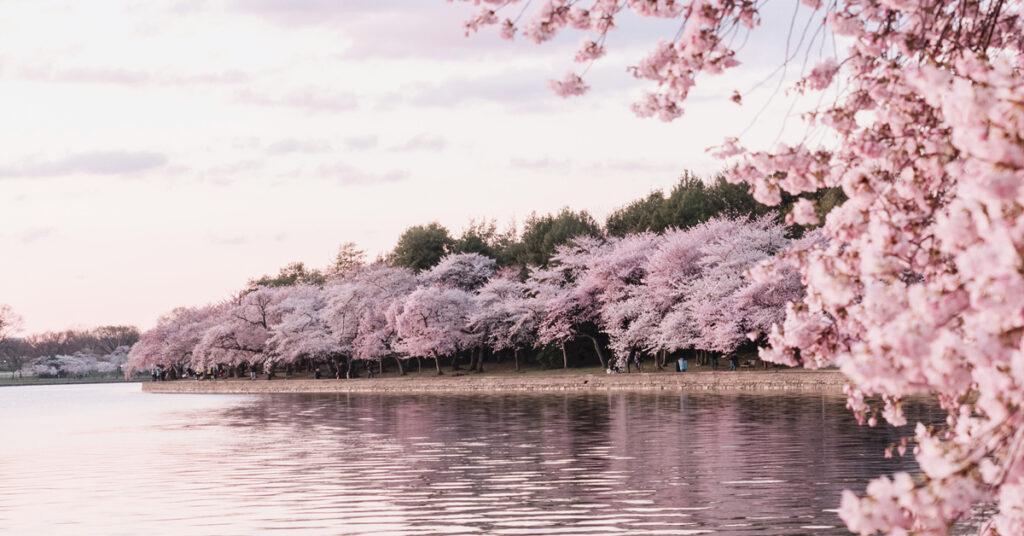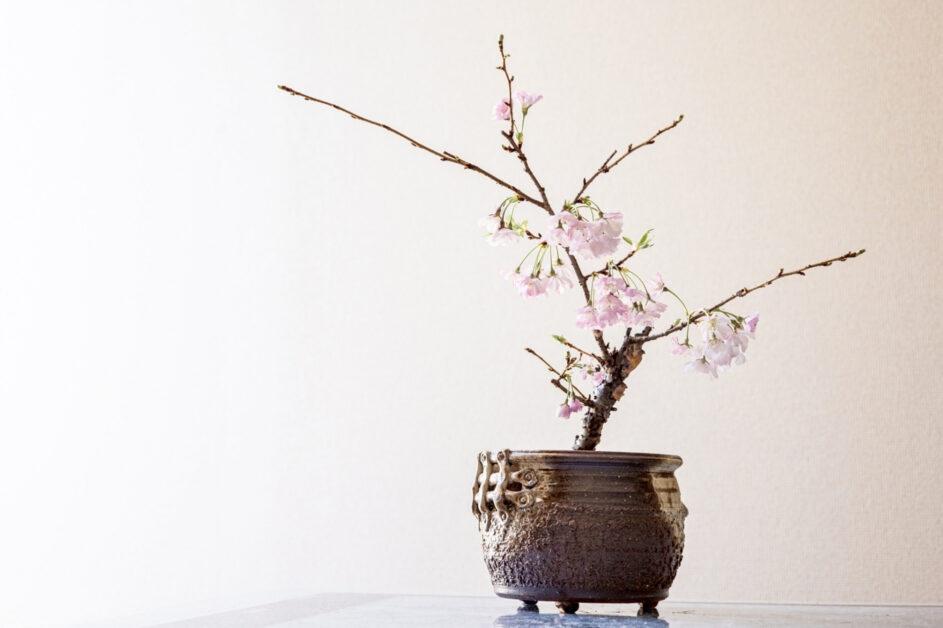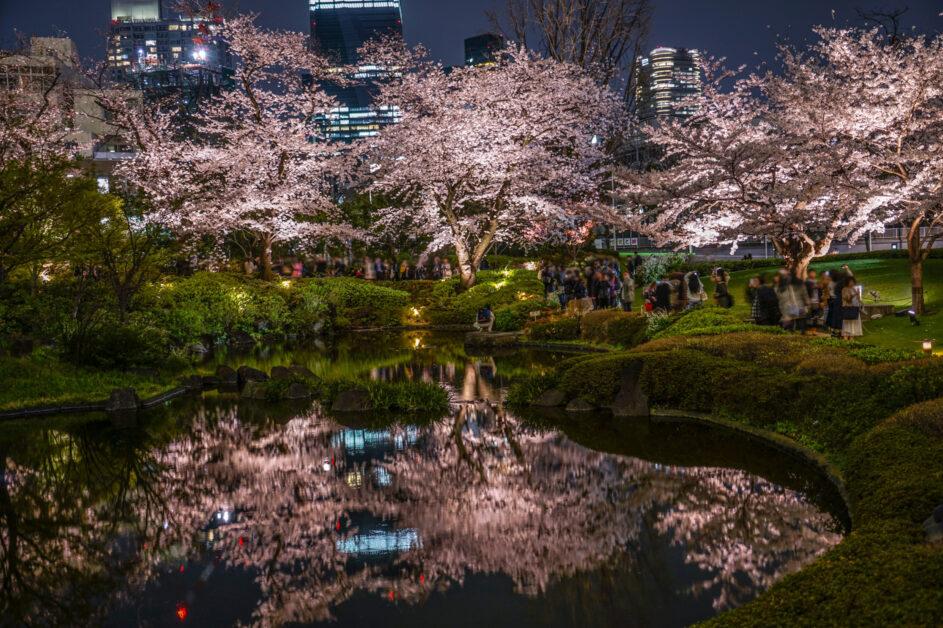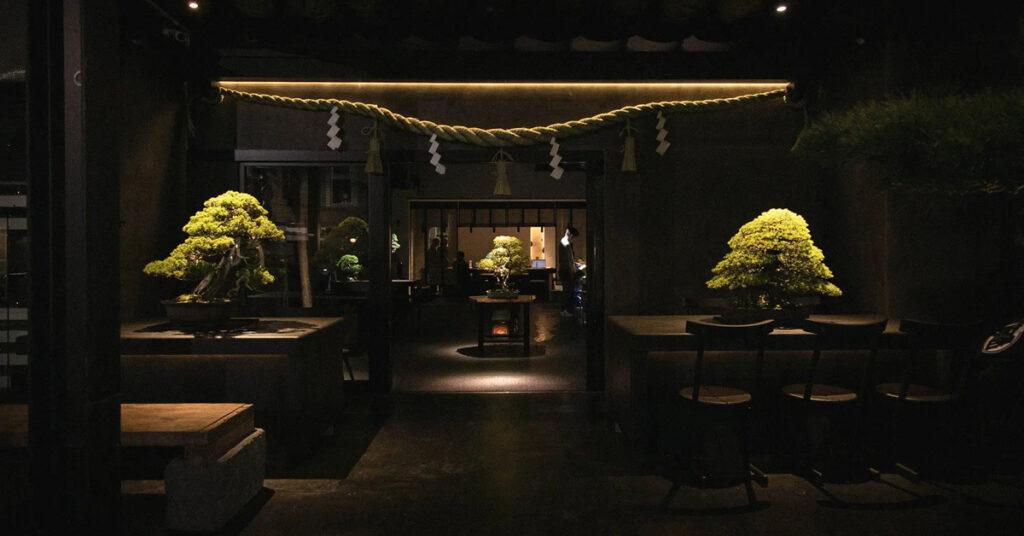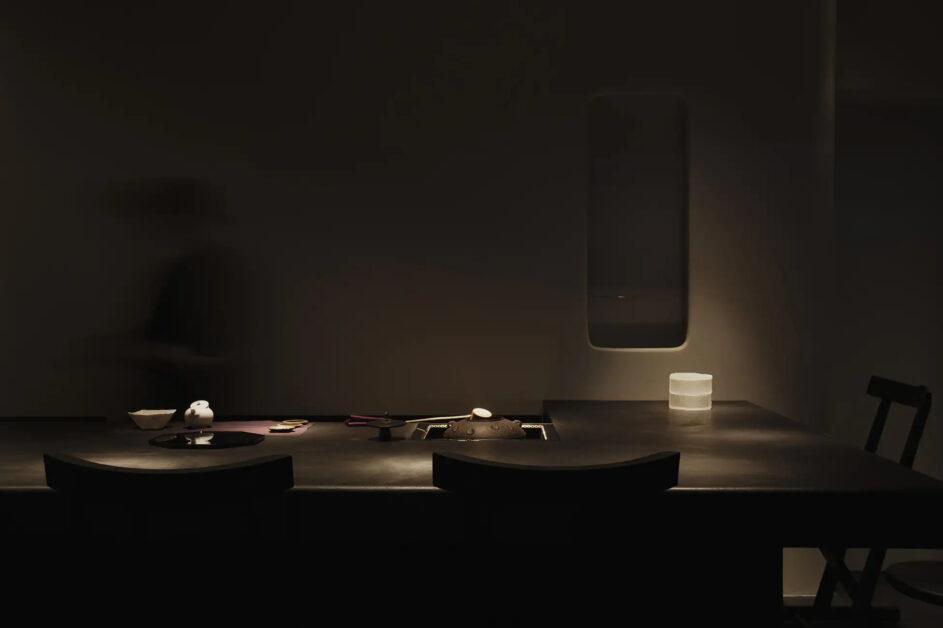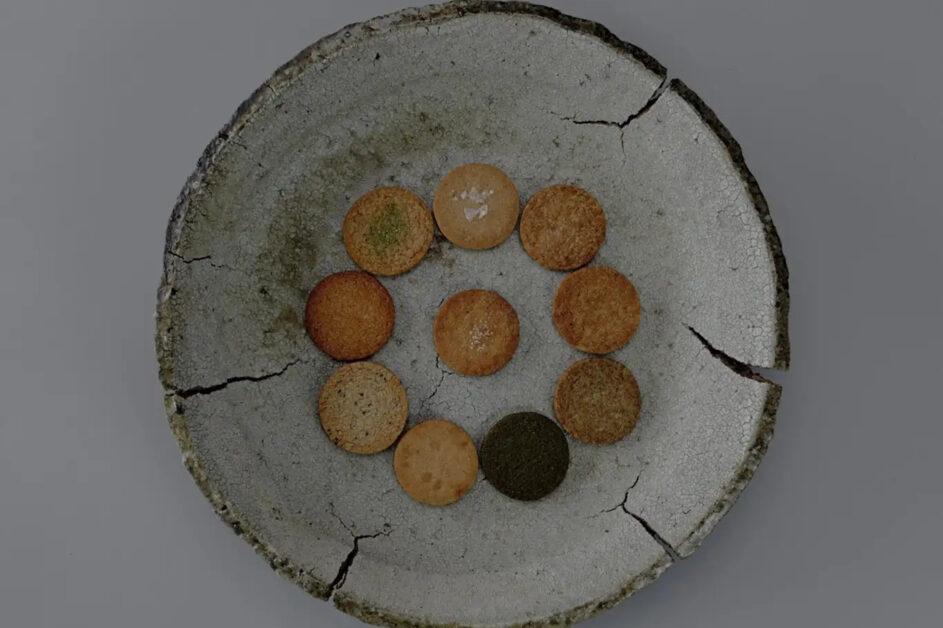The Metaverse is Becoming Wine Collectors’ New Space to Conquer
Wine Collection Beyond Vineyards, Cellars, and Wine Shops and Right Into the Space at the Border Between Reality and Virtual
Many think of the metaverse as a space or alternate world that was made for us to explore, different from our daily lives. It is a novelty space that can be accessed from anywhere, anytime; a world that offers visitors the opportunity to extend their realm of friendships and relationships into the digital world.
Now the metaverse can give a fresh breath of air to our passions, such as art and winery.
Wine Collecting in the Metaverse Mixes Entertainment, Knowledge, and Education
Today we are going to explore the work of Crurated, a Startup and membership-based community that aims to make highly sought-after bottles more accessible to wine lovers worldwide. What better way to do that than through the metaverse?
The Startup was founded by Alfonso de Gaetano, former director at Google, and since the beginning it has used digital tools such as NFTs and Blockchain to certify the origin and track the ownership of every bottle sold.
Now they have expanded their interest in the digital realm into the metaverse, offering an experience to wine collectors that mixes entertainment, knowledge, and education, therefore helping the decision-making process for purchasing a wine bottle.
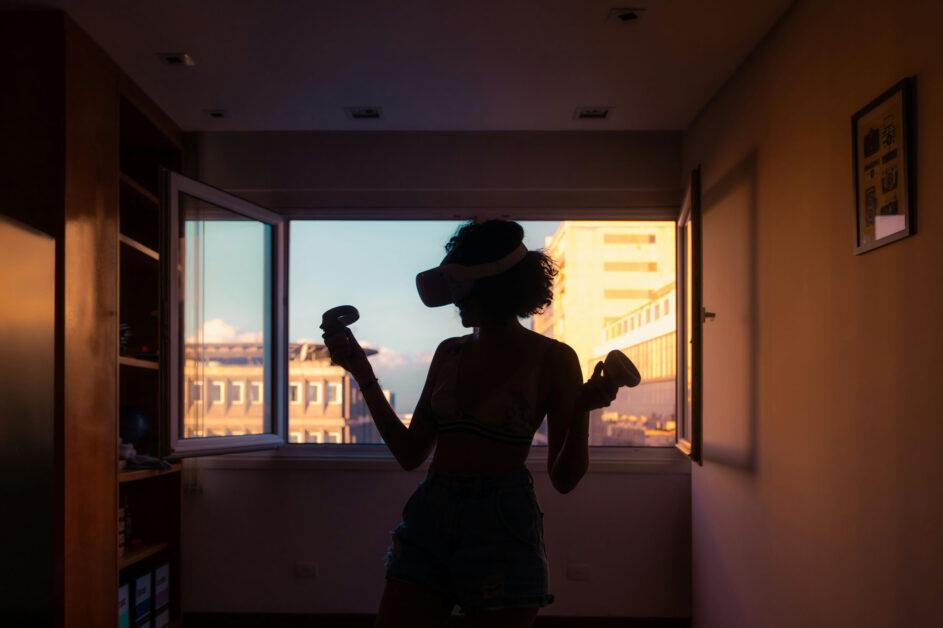
Enhancing Wine Collecting in the Metaverse
The experience of wine collecting in the metaverse is not tied to a physical location, so it caters to a wider audience. It also gives the ability to introduce the history of a bottle more entertainingly compared to simply looking at a wine list.
In practical terms, Crurated introduced an AI model to help visitors learn about the history and origins of a bottle, and to help find answers to their questions about the bottles. The platform also allows members to share their private wine collections with visitors online.
The designer of the cellar space was Italian architect Giovanni Francesco Frascino, who was able to play with the technology and value new aesthetic sceneries that only the metaverse could allow.
A New Technology For Immersive Wine Shopping
Crurated’s metaverse is built on the virtual production tool Unreal Engine 5, also used by Garde in COCO WARP, to give the illusion of a hyper-realistic and immersive environment.
In conclusion, the metaverse allows for a richer experience for all wine lovers, because to shop in the metaverse and learn about the history of a bottle is to help people choose their next bottle in an entertaining new way.
Enjoying wine is as much about wine tasting in the physical world as it is about the selection experience of your next bottle, and now anyone can do that easily in the metaverse.
Photo: Kym Ellis, Vinicius “amnx” Amano

